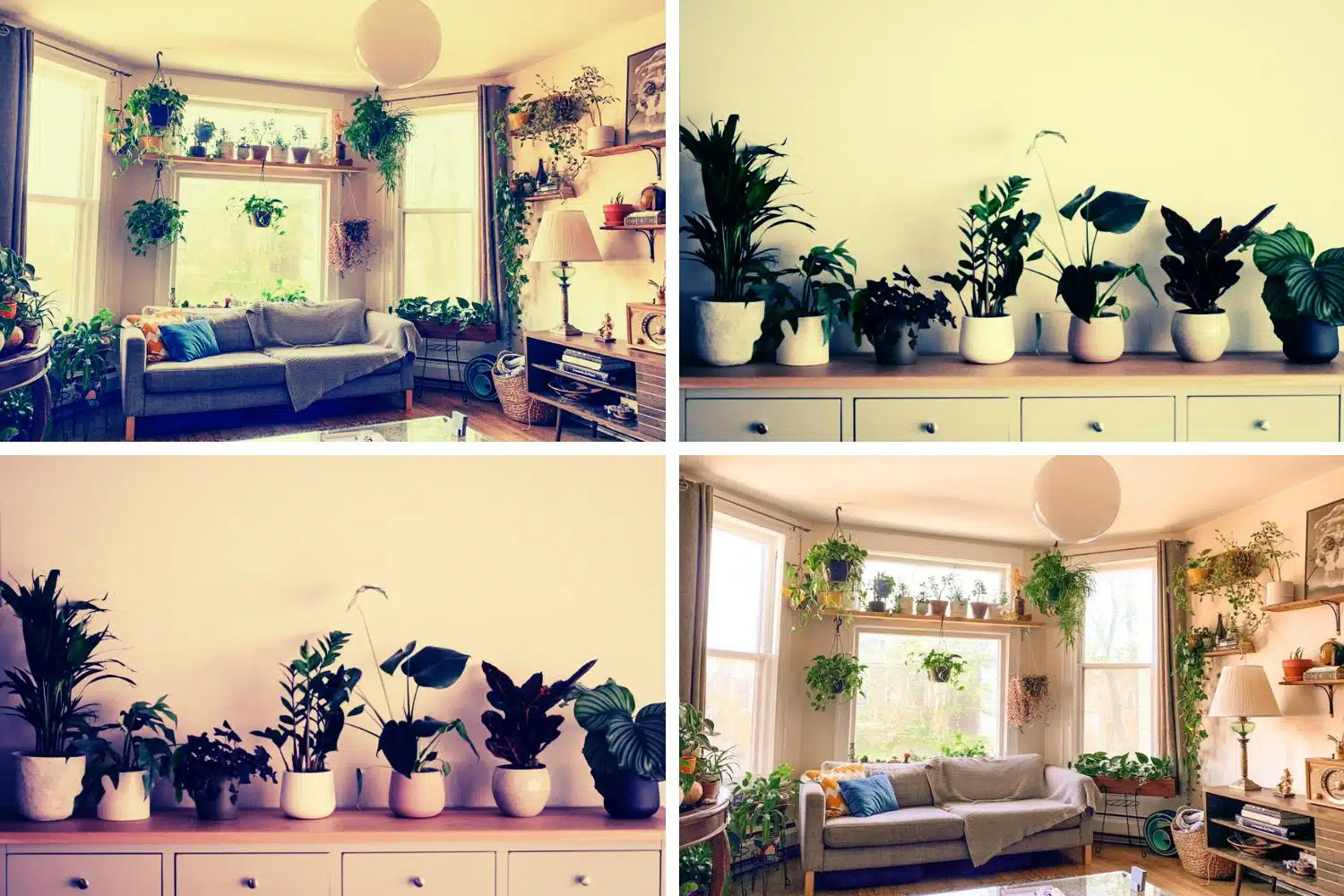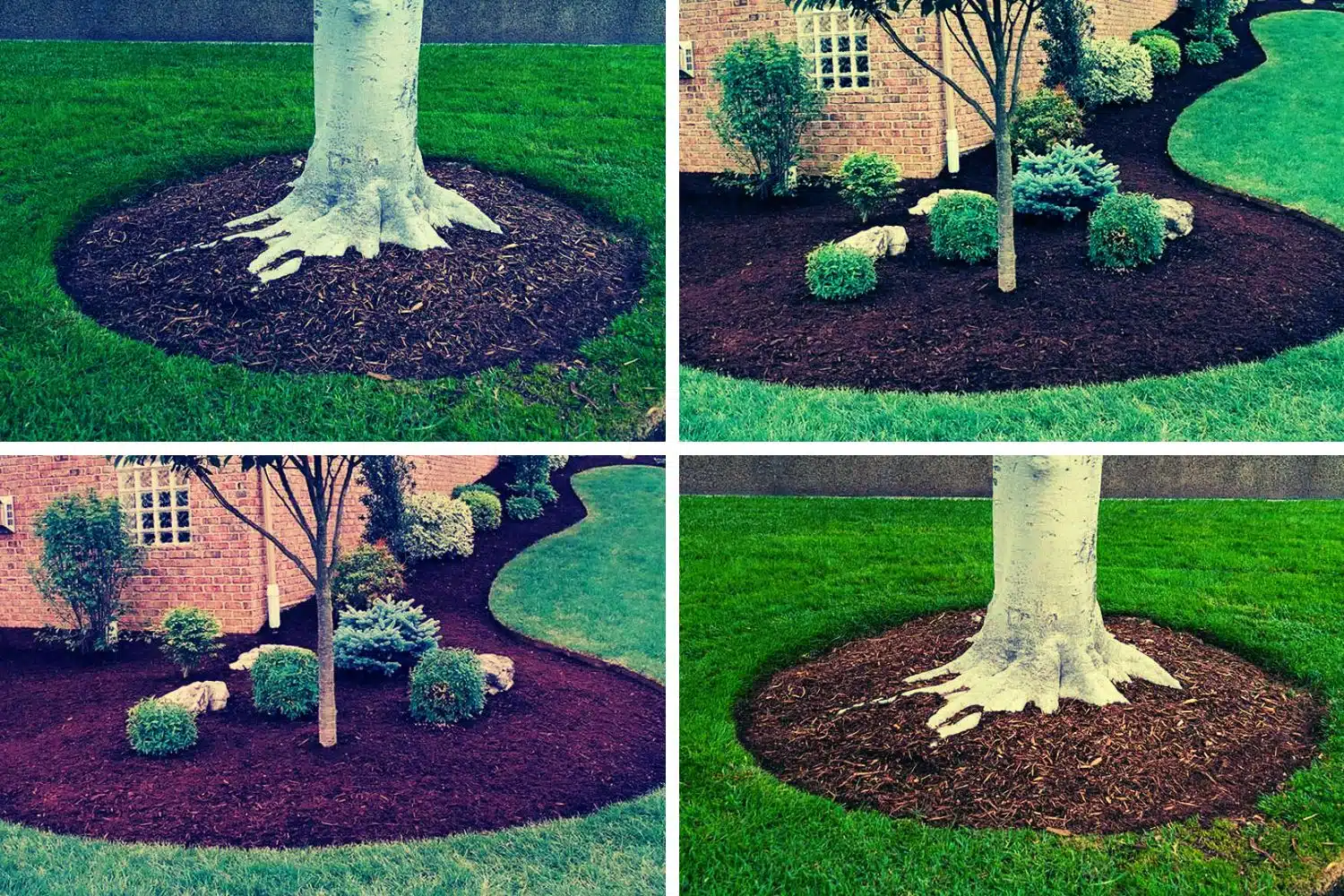Are you a plant parent looking for new ways to keep your house plants happy and healthy? Or maybe you want to get into the green-thumb lifestyle but don’t know where to start. Regardless if you are already an experienced plant enthusiast, or someone just starting on their journey, this blog post has all the tips and tricks that will help make your greenery Thrive! From surprising hacks to old adages passed down through generations we can guarantee that there is something in here for everyone. So read on, grab your watering can, and prepare yourself for some of the most effective Plant Parenting Hacks!
Research the needs of each individual plant species

When it comes to caring for house plants, it’s important to remember that not all greenery is created equal. Each species has its own unique needs and requirements. For example, a bird of paradise plant, with its tall, vibrant leaves and striking orange flowers, requires a specific environment in order to thrive. These tropical beauties need lots of bright, indirect sunlight, regular watering to keep their soil moist but not waterlogged, and occasional fertilization to promote healthy growth.
Neglecting these needs can lead to stunted growth and even death for your beloved bird of paradise. So be sure to do your research and tailor your care to the specific needs of each individual plant species in your home.
Water your plants regularly
Giving your plants the right amount of water is crucial to their survival and growth. Overwatering can lead to root rot and other diseases, while underwatering can cause wilting and stunted growth. To ensure that your plants stay healthy, it’s important to water them regularly and monitor them for signs of over- or underwatering. When watering, make sure to give your plants enough water to thoroughly moisten the soil, but avoid watering to the point of saturation. Pay attention to your plant’s leaves and soil moisture levels to determine if they need more or less water. With a little bit of attention, you can help your plants thrive and flourish.
Use the right type of soil, fertilizer, and pot for the plant’s needs
In order to ensure that your plants flourish and thrive, it’s important to choose the right type of soil, fertilizer, and pot for their specific needs. Different plants require different levels of nutrients and moisture in order to grow, and by using the right components, you can give them the best possible chance of success. For example, some plants need soil that is rich in nutrients, while others thrive in slightly drier, sandier conditions. The type of pot you choose can also have a big impact on plant growth, with some plants benefiting from larger pots while others prefer cozier arrangements.
By taking the time to research your plant’s needs and finding the right combination of soil, fertilizer, and pot, you can help them achieve their full potential and enhance the beauty of your home and garden.
Make sure to provide adequate sunlight and ventilation for healthy growth
If you’re looking to keep your plants happy and healthy, it’s important to give them the right conditions to thrive. For most plants, this means ensuring they receive plenty of sunlight and fresh air. Sunlight is essential for photosynthesis, the process by which plants convert sunlight into energy, and provides the nutrients they need to grow strong and healthy. Meanwhile, ventilation helps to regulate the temperature and humidity, preventing the growth of mold and other harmful pathogens.
So whether you’re growing herbs on your windowsill or maintaining a full garden, make sure to pay attention to your plant’s needs for light and air. They’ll thank you with beautiful blooms and bountiful harvests!
Prune your plants regularly to promote new growth
If you’re a plant lover, you know that pruning is an essential aspect of maintaining their health and beauty. Pruning helps to remove dead leaves and branches, which otherwise could stunt the growth of your plants and create an unhealthy living environment. By regularly pruning your plants, your plants will undergo new growth and leaf production, leading to healthier and fuller plants. To start pruning your plants, it’s important to understand the specific needs of the plant and the best techniques for pruning. With the right approach, you can transform your indoor or outdoor space into a thriving green oasis.
Give your plants a little extra TLC

Plants are a beautiful addition to any home, bringing a touch of nature and life into our indoor spaces. But like any living thing, they need a little bit of care and attention to thrive. Giving your plants a little bit of extra TLC can go a long way in ensuring their health and happiness. One way to show them some love is to talk to them – yes, you read that right! Studies have shown that talking to your plants can help them grow stronger and healthier. Another important aspect of plant care is to rotate them, as this ensures all sides of the plant receive equal sunlight exposure.
And when the time comes, repotting your plants can give them a renewed lease on life, allowing their roots to spread out in fresh, nutrient-rich soil. With a little bit of effort, your plants will thank you with vibrant foliage and blossoming flowers.
Conclusion
Plant parenting is a rewarding and relaxing pastime. By following these six simple tips, you can ensure that your house plants thrive and remain healthy for years to come. It’s especially important to remember that all plants have different needs; researching each individual species before bringing them home is essential.
Additionally, make sure to adjust your watering protocols for wet and dry weather in order to prevent overwatering or underwatering, provide adequate sunlight and ventilation, prune regularly, use the right type of soil and pot for maximum growth potential, and don’t forget to give your plants extra TLC by talking to them or giving them a little spin so that all parts get a similar share of sunlight and fresh air. With these six hacks in mind plus a little bit of love, you’ll be able to craft your own unique plant-parenting journey!






